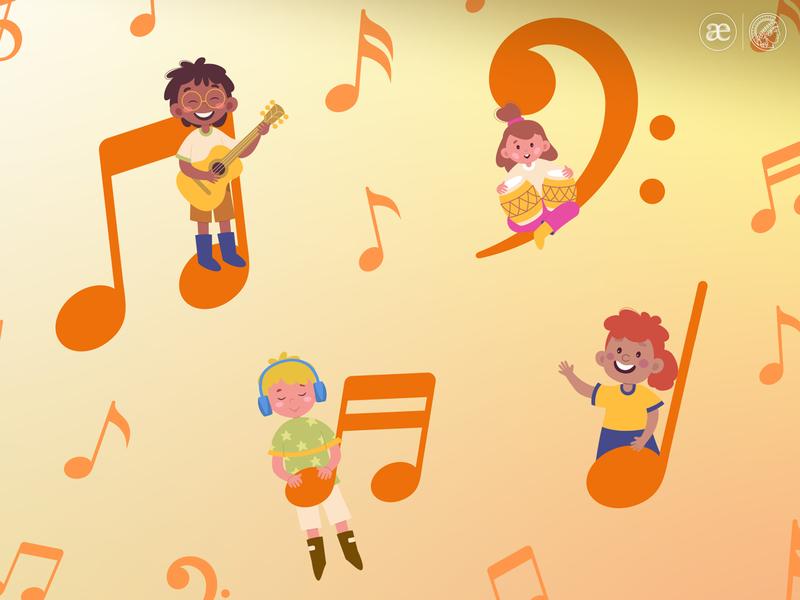New Questionnaire Measures Musicality in Children
Children’s musical abilities develop at different rates and not always to the same extent. But what factors play a role? Researchers at the Max Planck Institute for Empirical Aesthetics (MPIEA) in Frankfurt am Main, Germany, have developed a questionnaire to assess the musicality of three- to ten-year-olds. With this method, educators can, for example, recognize developmental processes, identify musically talented children at an earlier stage, and provide targeted support for musical education. The questionnaire is available in German and English and was recently published together with the study results in the journal PLOS One, where it can be downloaded free of charge.
Universal patterns, such as the acquisition of basic rhythm and pitch recognition, play an important role in musical development during childhood. However, there are also highly individual patterns based on environmental, educational, and innate factors. In order to accurately document these and thus fill a gap in research, the team of researchers developed the “Child Musicality Screening” as part of a total of three studies.
“By using the evaluation form as a standardized tool to assess children’s musicality, we can gain a deeper understanding of developmental processes. Until now, valid measurement tools for quick and scalable screening have been lacking,” explains first author Verena Buren of the MPIEA.
A total of 810 adults who regularly interact with children participated in the first study. The researchers first used questionnaires to define key dimensions of children’s musicality: enthusiasm and motivation, as well as music perception and production. The results of the second study, in which parents and educators participated, confirmed the identified dimensions. In the third study, the researchers demonstrated the reliability of the questionnaire using German and English samples.
“The screening is not only useful for research into correlations with other cognitive abilities or environmental influences. It could also be used in practice, for example, in educational institutions. Teachers could apply it to adapt their teaching approaches and ensure that each child gets the most out of music lessons,” concludes Verena Buren.
Wissenschaftlicher Ansprechpartner:
Verena Buren (verena.buren@ae.mpg.de)
Originalpublikation:
Buren, V., Müllensiefen, D., & Degé, F. (2025). Screening Musicality in Children: Development and Initial Validation of a New Tool for Rapid Assessment of Musical Profiles. PLOS One. https://doi.org/10.1371/journal.pone.0317962
Die semantisch ähnlichsten Pressemitteilungen im idw


